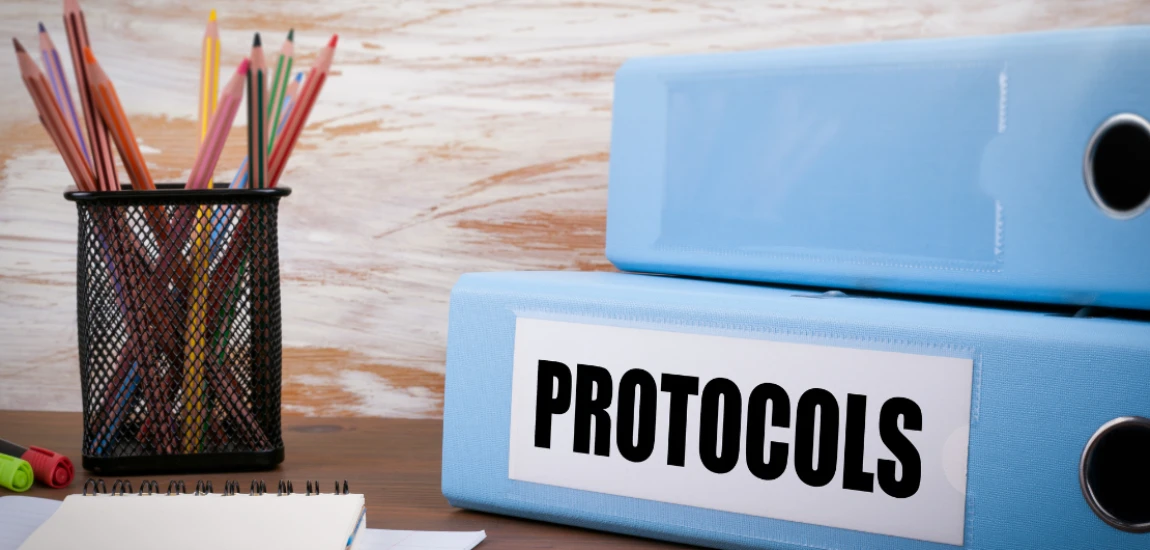The Politeness Protocol: Managing Emotion Through Platform Etiquette

When Civility Becomes Code
In the early days of the internet, the digital world felt like a frontier—messy, open, and raw. People spoke freely, often clumsily, without the filters of corporate design or audience metrics. Fast-forward to today, and communication is mediated by invisible rules of platform etiquette. From the “thank you” emoji to the perfectly timed heart reaction, users have internalized a new kind of digital politeness. This emerging behavioral system—the Politeness Protocol—dictates not only how we speak, but how we feel online.
The Emotional Economy of Niceness
Digital platforms thrive on engagement, but engagement isn’t always polite. Outrage drives clicks, yet civility drives retention. As algorithms began favoring harmony over hostility, politeness became a kind of emotional currency—signaling stability, empathy, and social competence. Users learned to manage tone, edit responses, and package emotion in emojis or affirmations. This transformation wasn’t accidental; it was the result of design choices that reward “pleasant” affect.
How Etiquette Became Emotional Labor
The Politeness Protocol demands constant self-monitoring. You’re not just communicating—you’re performing kindness. Every comment, like, and reply must balance authenticity with etiquette. The result is a subtle form of emotional labor, where users manage feelings not just for themselves but for the comfort of others. Politeness becomes both mask and mechanism: a way to survive in a world that punishes sincerity and rewards diplomacy.
Platform Etiquette as a System of Control

Algorithmic Civility
Behind every polite interaction is an algorithm that enforces it. Platforms like LinkedIn, Instagram, and TikTok promote positivity through moderation and design. “Toxic” comments are buried, “supportive” replies are boosted, and reaction emojis become tools for emotional governance. This creates a digital culture where civility is enforced through code—a programmed politeness that regulates expression and shapes identity.
The Quiet Power of Soft Tone
Politeness online often manifests as “soft language.” Phrases like “just wondering,” “hope this makes sense,” or “no worries if not” fill emails, messages, and captions. These linguistic cushions deflect potential tension, especially for marginalized voices navigating power structures. However, this linguistic softening can also silence assertiveness. The pressure to appear agreeable erases emotional honesty, replacing genuine expression with a performative calm.
Moderation and Moral Aesthetics
Platforms frame politeness as morality. The clean design, neutral tones, and friendly UX of social media evoke a moral aesthetic—kindness as virtue, civility as value. Yet this moral branding often hides inequality. Users who resist tone policing or express strong emotion are labeled “rude,” “angry,” or “difficult.” The Politeness Protocol thus becomes a soft disciplinary system—policing who gets to speak, and how.
Emotional Management in the Age of Reactions

The Emoji as Emotional Code
Once spontaneous, emotion online is now standardized through symbols. The heart, the clap, the sad face—each emoji translates complex feelings into algorithmically legible data. Users learn to curate their emotions visually, using reaction tools as shorthand for empathy, solidarity, or dissent. Yet in doing so, emotion becomes flattened—quantified rather than felt.
Performing Calmness
On platforms obsessed with image and impression, politeness equals professionalism. Whether you’re responding to a critique on Twitter or an email at work, composure becomes a performative skill. Outbursts are punished by unfollows or HR reprimands; neutrality is rewarded with credibility. This dynamic encourages emotional suppression under the guise of etiquette—a culture of composure where feeling too much becomes impolite.
The Cost of Emotional Containment
Constant emotional regulation takes a psychological toll. Users must maintain friendly affect even in disagreement, turning conversation into performance. This “affective editing” can lead to burnout, alienation, or digital fatigue. When politeness becomes compulsory, the result isn’t harmony—it’s emotional numbness. The digital self learns to smile through discomfort, curating serenity as a survival strategy.
Gender, Power, and the Politics of Politeness

Who Has to Be Polite?
The burden of politeness is not evenly distributed. Studies show that women, people of color, and queer individuals are more likely to use softening language, disclaimers, and emojis to avoid being perceived as hostile or unprofessional. Online, these dynamics replicate offline hierarchies: politeness becomes both shield and constraint. Those in power can afford bluntness; those without must cushion every word.
The Feminization of Digital Tone
Digital communication often adopts traits historically coded as feminine: empathy, warmth, and emotional moderation. While these traits foster community, they also reinforce expectations that marginalized groups must maintain harmony at all costs. The Politeness Protocol rewards emotional caretaking—turning relational labor into social capital.
Tone Policing as Digital Discipline
Tone policing is a key mechanism within the Politeness Protocol. When users express anger or frustration, particularly about injustice, they are often told to “calm down” or “be respectful.” This reframes emotional expression as moral failure rather than valid reaction. Platforms that promote “respectful discourse” often weaponize civility to suppress dissent. The emotional cost of politeness, then, is silence.
The Corporate Colonization of Kindness

Politeness as Branding Strategy
Brands have learned that politeness sells. Corporate accounts now speak the language of empathy—“We hear you,” “We value your feedback,” “We’re here for you.” This affective branding humanizes companies while obscuring their power. Politeness becomes a marketing tool, turning care into commodity and warmth into strategy.
The Affective Illusion of Connection
When corporations adopt human tone, they transform emotional authenticity into brand identity. Customer service DMs mimic intimacy; push notifications use friendly emojis; auto-replies thank you for patience. The result is a synthetic empathy loop—a system where users feel emotionally recognized, even when interacting with automation. Politeness becomes a product experience, not a human exchange.
Civility as Customer Retention
The Politeness Protocol aligns perfectly with corporate goals: it keeps users comfortable, compliant, and engaged. Anger, frustration, or directness disrupts monetization cycles; civility keeps the clicks flowing. By framing politeness as the ideal digital behavior, platforms turn emotional regulation into brand loyalty. The price of politeness, once again, is authenticity.
Reclaiming Authenticity Beyond the Politeness Protocol

The Value of Emotional Honesty
Authenticity doesn’t require cruelty—it requires honesty. Breaking free from the Politeness Protocol means recognizing when politeness suppresses rather than supports communication. Emotional honesty can coexist with empathy; disagreement can coexist with respect. By reclaiming emotional range, users can resist the flattening of digital discourse.
Strategic Politeness, Not Compulsory Politeness
Politeness can be a choice rather than a rule. Practicing strategic politeness—using etiquette consciously rather than reflexively—empowers users to decide when and how to modulate tone. This transforms politeness from emotional labor into social intelligence. The goal is not to abandon decorum but to use it deliberately, not defensively.
Designing Spaces for Real Connection
Future platforms could prioritize emotional nuance over performative civility. Instead of reaction buttons, imagine interfaces that encourage reflection, listening, and contextual dialogue. Digital etiquette should serve humanity, not hide it. The next evolution of online interaction will depend on our ability to balance civility with sincerity—to make room for both kindness and truth.



